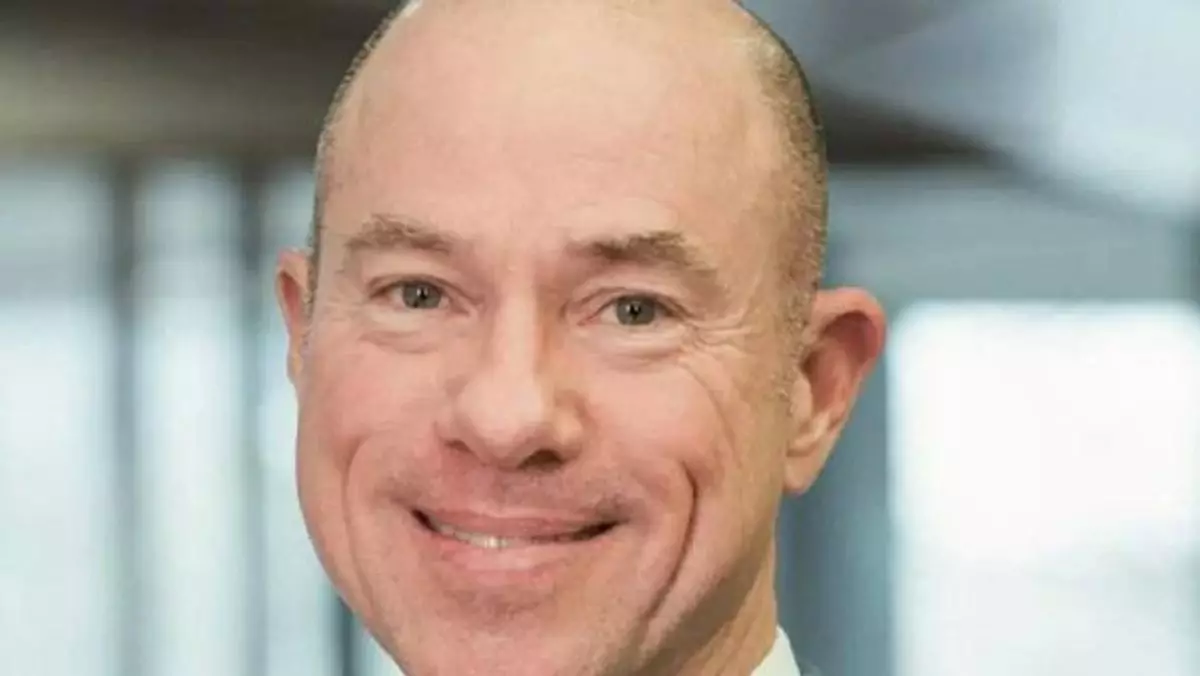The confirmation of Bryan Bedford as the new Federal Aviation Administration (FAA) Administrator embodies more than just a routine political appointment; it signals a pivotal crossroads in the future of American aviation. While the Senate’s partisan split illustrates deep-rooted ideological divides, Bedford’s career trajectory and policy positions reveal an agenda geared toward fostering innovation and modernization within the airline industry. His leadership at Republic Airways demonstrates a commitment to advancing pilot training paradigms, emphasizing a balance between safety standards and operational flexibility—an approach that could redefine FAA policies in years to come.
This appointment is noteworthy not solely for Bedford’s corporate achievements but also for what it signifies about industry influence on regulatory bodies. The overwhelming Republican support hints at a broader push toward deregulation and pilot training reforms, casting light on an ongoing debate: should safety protocols be strictly enforced or adapted to meet the evolving demands of air travel? Bedford’s advocacy for alternative training pathways underscores the importance of fostering practical, experience-based solutions that reflect current industry realities. His background suggests an inclination toward pragmatic reforms, which could either invigorate pilot preparedness or risk diluting established safety benchmarks, depending on one’s perspective.
Reimagining Pilot Training and Safety Standards
The core conflict surrounding Bedford’s nomination centers on the contentious 1,500-hour rule, a standard established in 2013 to ensure airline pilots possess extensive flying experience before commanding commercial aircraft. Bedford’s support for models like the Lift pilot training academy, which seeks to reduce the hours required for co-piloting from 1,500 to 750, illuminates his belief in customized training programs that prioritize quality and relevance over quantity.
Critics, especially among Democrats, view such measures as watering down rigorous standards that have contributed to making U.S. commercial aviation the safest in the world. They argue that rote flying in small aircraft fails to prepare pilots for the complexities of managing large jets in diverse environments. Conversely, Bedford’s defenders contend that innovative training pathways could produce competent pilots more efficiently, addressing industry-wide staffing shortages and accelerating career progression. This debate exposes a fundamental question: How does the aviation industry best balance safety with adaptability in an era of rapid technological advancement?
Bedford’s role hints at a leadership style eager to challenge stagnation within regulatory frameworks. By advocating for alternative routes to pilot qualification, he potentially sets a precedent for reforming long-held standards, emphasizing competency over tradition. Such leadership could propel the FAA toward more dynamic, tailored approaches to pilot training—if aligned carefully with safety imperatives.
The Political Landscape and Future Trajectory
The strong partisan vote underscores the politicized nature of transportation leadership appointments. Democrat opposition, notably from Maria Cantwell, highlights apprehensions about Bedford’s stance on maintaining strict safety standards amid industry pressures to cut costs and streamline processes. Her refusal to endorse the relaxation of the training requirement signals resistance from those committed to preserving foundational safety measures.
Bedford’s appointment replaces appointees like Chris Rocheleau and Michael Whitaker, whose tenures reflect a shifting landscape of regulatory authority. His confirmation suggests that, despite political turbulence, the FAA might adopt a more industry-friendly approach—one that champions innovation over regulation. This shift could have profound long-term implications: potentially faster certification processes, increased pilot training flexibility, and a regulatory environment more attuned to technological advancements such as automation and pilotless aircraft.
Ultimately, Bedford’s leadership might symbolize an evolution—a push toward a more adaptable, pragmatic FAA that recognizes the necessity of reform in a rapidly changing aviation world. Whether this signifies progress or peril depends on how effectively safety standards are preserved amidst calls for modernization. What remains clear is that his tenure will be a defining chapter in shaping the future of American air travel—where innovation and safety must coexist in a delicate, often contentious, balance.


Leave a Reply